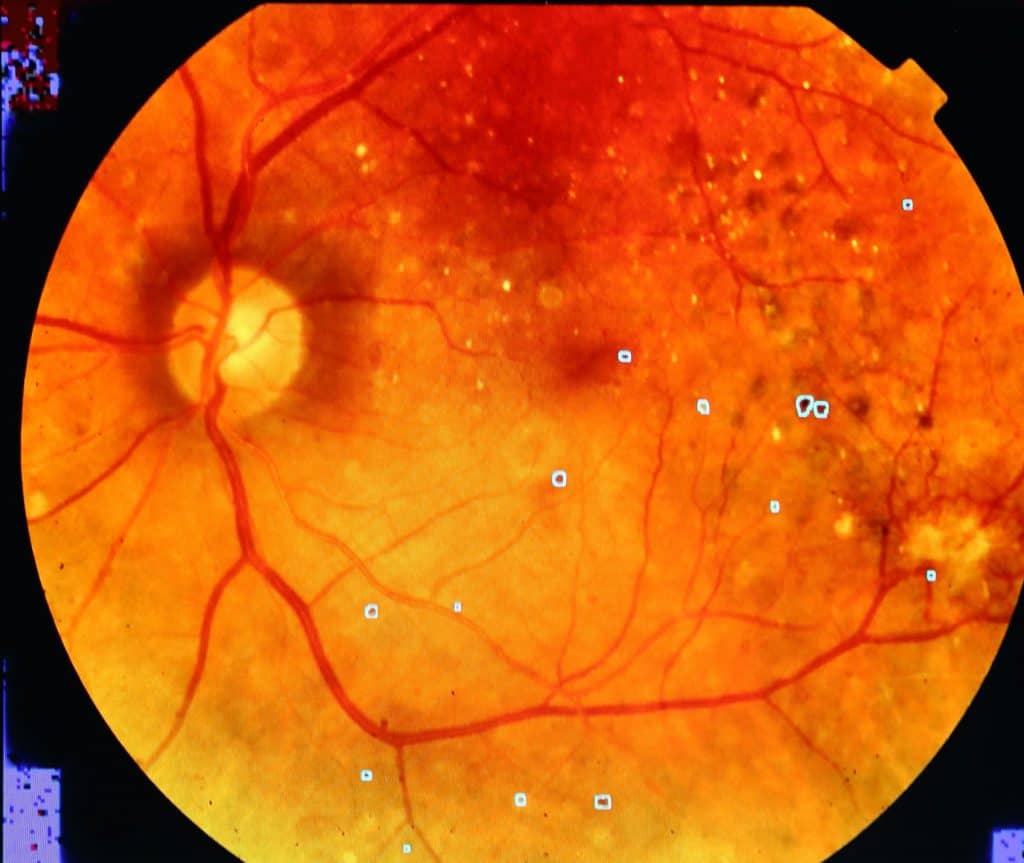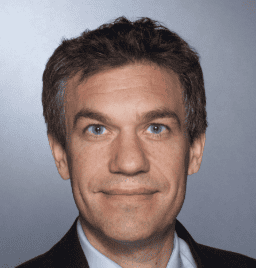Introduction: the rise of a practice that is changing

Teleophthalmology is gradually establishing itself as an effective solution to meet the growing need for screening and monitoring eye diseases. With the increase in the number of patients with diabetes and associated eye damage, healthcare professionals are looking for ways to improve the accuracy and speed of diagnosis. Artificial intelligence (AI) now plays a key role in this evolution: it automates image analysis, secures diagnoses and increases the volume of data processed, thereby freeing up medical time.
At the Honoré Cave Clinic in Montauban, Dr Vincent Gualino and his team use the OphtAI solution on a daily basis to analyse retinal images as part of RNO protocols. This is a concrete example of the successful integration of AI into teleophthalmology.
When AI becomes an everyday tool
Dr Gualino’s department performs between 300 and 400 fundus analyses every week using OphtAI artificial intelligence. Orthoptists capture the images, which are then automatically evaluated by the AI in a matter of minutes. The AI provides a comprehensive report including the severity of the condition, a map of the lesions and a medical recommendation.
This semi-automated approach optimises case processing time while ensuring consistent quality. Practitioners can thus focus their expertise on complex or urgent cases, while patients benefit from rapid and reliable screening.
Artificial intelligence, a valuable clinical support
One of OphtAI’s major advantages is its ability to detect early abnormalities that are sometimes invisible to the naked eye. Dr Gualino cites the example of a 41-year-old patient with dominant drusen, an early sign of macular degeneration, and a 12-year-old girl in whom AI identified Stargardt’s disease, a rare retinal disorder. These automatic alerts quickly direct patients to appropriate care.
This human-machine complementarity proves particularly useful in high-workload environments. AI acts as an expert “second reader”, capable of analysing thousands of images without fatigue or cognitive bias.
💬 Dr Vincent Gualino: « AI does not replace human expertise, it complements it. It helps us identify weak signals that the human eye might miss. »
At the same time, the practitioner retains ultimate control over interpretation and clinical decision-making.
AI at the service of an efficient medical organisation
Beyond diagnosis, artificial intelligence also facilitates administrative management and care coordination. Integrated solutions such as OphtAI automate the classification of files according to their criticality, generate standardised reports and feed directly into patients’ medical records.
In the context of teleophthalmology, this automation streamlines the process: orthoptists, ophthalmologists, and coordinators can collaborate effectively using a common tool. The result: smoother screening, reduced waiting times, and better continuity of care.
A human-technological partnership for a responsible future
While AI excels at image analysis and pattern recognition, it cannot replace the complexity of medical reasoning.
💬 Dr Vincent Gualino: « AI is a complementary tool. It supports us in our decision-making, but does not replace our clinical judgement. »
This is also the philosophy upheld by OphtAI: putting AI at the service of practitioners, not the other way around.
💬 Alexandre Le Guilcher, Product Marketing Manager, OphtAI: « OphtAI’s mission is not to replace practitioners, but to free up their time by facilitating early detection and organising large-scale screening. »
This vision is fully in line with the #Pact4all social initiative promoted by the Evolucare group: promoting equitable access to healthcare and strengthening the link between technological innovation and medical responsibility.ntre innovation technologique et responsabilité médicale.
Conclusion: the future of screening lies in the alliance between humans and AI
By integrating artificial intelligence into the core of teleophthalmology practices, solutions such as OphtAI are redefining the role of healthcare professionals. More than just a tool, AI is becoming a true partner, capable of analysing, alerting and supporting clinical decisions.
This development paves the way for more efficient, humane and sustainable visual medicine. A model where technology amplifies medical expertise, serving a common goal: preserving everyone’s vision.
👉 Discover how OphtAI AI is revolutionising visual screening: MyOphtAI Solution
See also on Catel / teleophtalmologie.info (in french): L’Intelligence Artificielle en téléophtalmologie : une pratique actuelle ? un potentiel pour demain ?




